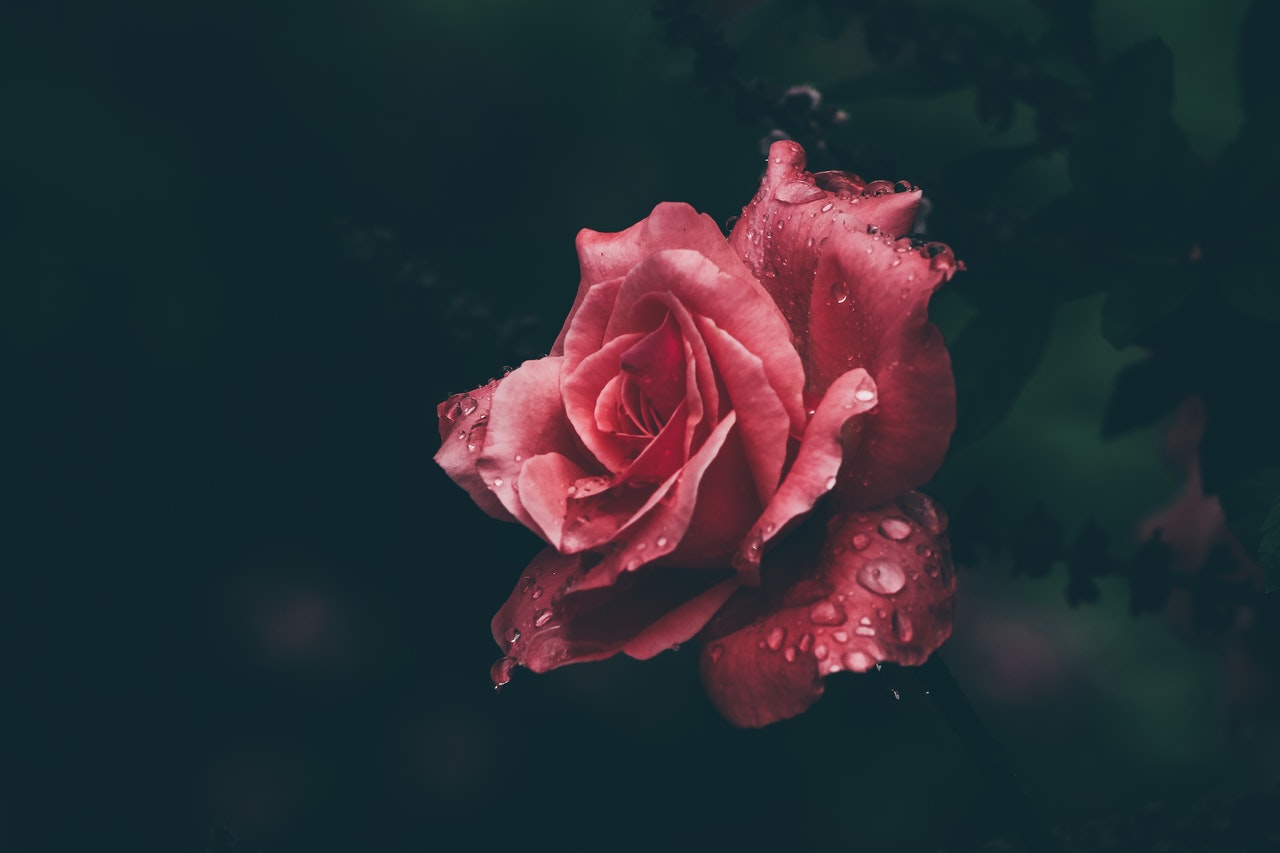At 3,726m it’s the second highest volcano in Indonesia. It erupted as recently as 2010. An entire party of hikers froze to death on its flank, still five hours from the summit, in 2007. And yet, on a glorious blue sky morning, shaking out your legs on a mild, sloping trail through the grasslands surrounding the sleepy settlement of Sembalun Lawang (1,150m), you’re convinced that climbing Lombok’s Mount Rinjani simply can’t be all that hard. After all, you’ve brought three porters—one for each member of your group—and a guide. And they’re all wearing flip flops!
But hard it certainly is. Three days and two nights of consistently tough hiking. Up to the crater rim (2,700m) by nightfall of the first day; leaving behind the open savannah and corrugated ridge lines to scramble up on steep forested trails, before breaking past the treeline for stunning sunset views down into the caldera lake and an exceedingly welcome campfire dinner of boiled veg and instant noodles. Then to bed in your tent by 9pm, in time for a shivering 2.30am reveille and a three hour climb to the summit; the pitch darkness diluted only by blurry starlight and pinprick lights from another forty or more head-torches.
Stunning views from the top, of course—the icy dawn rays exposing first the northern coast, then the channel across to Bali (and the other side of the evolutionary Wallace Line), and now Bali’s own volcanic peak of Agung—but not before the final push; 45 minutes to ascend the last half kilometer, a steep, hands-on-knees slog through thick volcanic ash. Two steps forward, three steps back, with most folks choosing to wait it out until they can see where they’re going. Then it’s photo ops with everyone up top, and a chance to admire the gently smoking cone of Gunung Barujari within the crater. (And that’s if you’re lucky with the weather.) Descending down to the rim is that much easier with the sun up, though it’s still a good hour or two before you’re back. That’s five hours hiking and you’ve not yet had breakfast. (In your absence, the campsite’s resident monkey population most assuredly have.)
A couple of congealed banana fritters and some sludgy coffee later (who are you kidding? food never tasted so good) and it’s time to tackle what is arguably the toughest section: two hours of down-climbing on rocky paths and dry streambeds to reach the crater lake. On a clear day, Segara Anak (Child of the Sea) is a stunning turquoise expanse, but today it’s draped in fog and you eat your lunch amid torrential rain. One of your party stumbles as you negotiate the slippery lakeside path and gets a facefull of caldera water. And then another three hours of steady climbing to take you up through the trees to the rim on the opposite side. The sky clears, the molten blue water is unveiled and, not for the first time, you remember why you came. Supper (more veg, more noodles, maybe an egg) is served with magisterial views down over the specks of sand that are the Gili Islands (already you’re dreaming of sun loungers and indulgent foot massages), and you sleep the sleep of the self-satisfied. Then you wake up and remember you still have another six hours to go.
A departure is never as thrilling as an approach, however much you’re now ready to put your pack down, and the relentless downward effort takes it toll on knees you’d given up for dead on day one. But when you finally reach the village of Senaru (600m) and your waiting car whisks you back to your hotel you’ll be hard pressed not to keep sneaking a look back at where you just came from. It’s a habit you won’t be able to break until twenty minutes after your departing flight takes off and the mighty Rinjani finally disappears beneath the clouds.
ESSENTIALS
Getting There
There is no direct flight from Bangkok to Lombok but Singapore Airlines and Garuda Indonesia operate connecting flights from Bangkok. Singapore Airlines operates three connecting flights a week (Mon, Thu, Sat, 15h 20min) stopping over at Changi International Airport at B17,300, Garuda Indonesia offer a daily flight at Jakarta International Airport (15h 40min) starting from B24,750. To climb Rinjani over three days you’ll need to allow a day either side. It’s possible to climb it in two days (up and down the same way), with just one night on the rim, but the flight schedule means that even using the weekend you’d need to take Friday and Monday off work.
Lombok is also accessible by boat from Bali, with Gili Cat (www.gilicat.com) among the better operators. They charge 700,000IDR (B2,140) for the two hour journey between Bali’s Padang Bai and Telok Kode on Lombok, a few miles from the port of Bangsal (see below) and not much further to both The Oberoi and the Lombok Lodge.
Where to Stay
Although you’re paying good money for the trek itself, you’d be well advised to spend that bit more for some nice accommodation, too. Your body will thank you for it when you get back down from the mountain.
The Oberoi, Lombok (Medana Beach, Tanjung, +62 37 0613-8444, www.oberoihotels.com) occupies a truly stunning plot of oceanfront land with views over Medana Bay. Its 20 villas and 30 pavilions are spread across 24 acres of grounds and the resort also boasts a tennis court, a beach club (with PADI dive center) and its own boat launch for private services to the Gilis and beyond. Rates start from US$380++ (B11,316))/night. It’s about two hour’s drive from Sembalun Lawang.
The adjacent Lombok Lodge (+62 37 0662-2926, www.thelomboklodge.asia) offers a more intimate, boutique experience, with just nine suites from $475 (B14,145)/night.
If you must do it on the cheap, skip the rather charmless town of Senggigi (a backpacker favorite) and stay near the mountain itself. There are plenty of affordable guesthouses in Senaru, including Pondok Senaru (www.pondoksenarulombok.com ,+62 818 0362-4129), which offers clean rooms from 250,000IDR (B764).
Getting Around
Since they relocated Lombok’s airport in 2011, the island’s northern coast (where you’ll find Rinjani) takes a lot longer to get it. It’s 90 minutes by cab to get to Senggigi and another 30 minutes to the northern coast. Still, that’s by far the most convenient way of getting up there if you don’t want to pay hotel transfer rates. Don’t pay more than 150,000IDR (B459) for a one way trip.
The port of Bangsal, a 10 minute drive from The Oberoi, is the main jumping off point for ferries to the Gili Islands; which offer the perfect tonic to a tough couple of days on the mountain. The main island, Gili Trawangan, is brasher and louder than the others, though still sedate compared with almost anywhere in Bali. Gili Air, the smallest and nearest to Bangsal is impossibly laid-back: a sandy trail around the perimeter links the various bars, guesthouses and dive schools by foot, bicycle, or horse and cart. Officially the price of a one way ticket from Bangsal to Gili Air is 8,000IDR (B24), with boats departing in the morning, but if you get there later or don’t mind paying to speed things up, you can pay the charter price of 185,000IDR (B565, negotiable to 100,000IDR (B305) or even lower) for immediate departure with whoever’s waiting.
Arranging Guides
At times it can seem like everyone in Lombok offers tours up Rinjani. You can go self-supported (paying just the 150,000IDR (B459) park access fee), but it’s not a particularly good idea unless you already know the route well and have sufficient equipment with you (because Rinjani is a National Park permanent camp sites are prohibited, meaning that everything you need has to be carried in with you). Of the bigger operators, John’s Adventures (+62 81 7578-8018, www.rinjanimaster.com) scores consistently highly (we initially picked them based on their TripAdvisor reviews). They offer packages ranging from 2D/1N to 6D/5N; with the 3D/2N package costing 2,450,000IDR (B7,494) per person, with a minimum of two and maximum of four people per group. There’s nothing fancy about the tour. Our guide was barely out of his teens, but his English was good, his cooking even better and he made a point of staying back with the slowest member of our party. The porters don’t say much, but make the task of shipping three days’ worth of equipment up and down a steep mountainside look embarrassingly easy.
When to Go
The best time to climb Rinjani is the dry season from April to November (it’s off limits at other times). Whenever you go, expect it to be both very cold above the crater rim and exposed to the sun when you’re not in the trees. Your porters should carry all the food and water you need; but take plenty of warm clothes and sunblock.
Need to Know
Climbing Rinjani is indeed tough; but anyone in reasonable shape should be able to manage (even so, you’re well advised to take trekking poles). It’s certainly harder than Malaysia’s taller and better known Kinabalu, and one of our party reckoned it more demanding than Kilimanjaro. But hiking up it evidently isn’t enough for some folk: last weekend saw the inaugural Ultra Trail Mount Rinjani (www.mtrinjaniultra.com), a trail running event in which participants ran to the summit and back.





